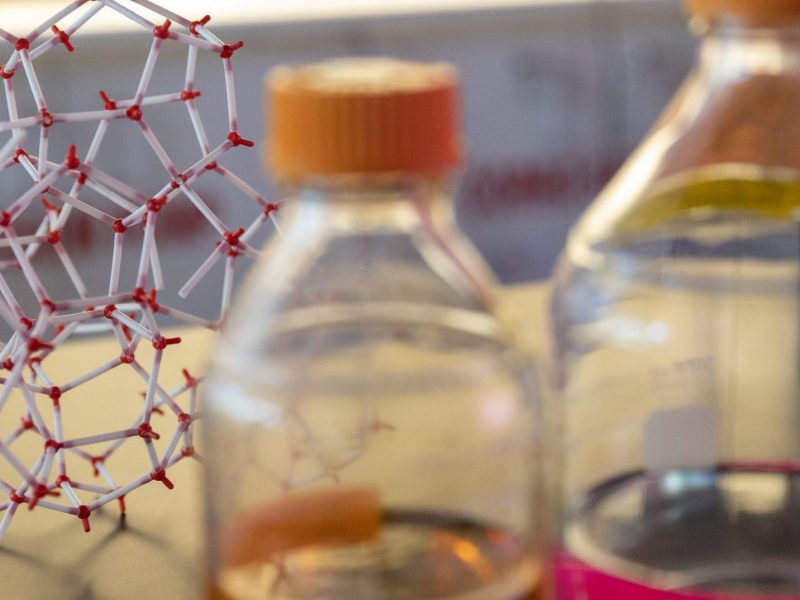Description
The invention includes systems and methods to identify the presence of infectious microorganisms. Using nucleic acid sequencing, the technology assists with the diagnosis of infections and determines the presence of antimicrobial-resistance markers. One or more microorganisms can also be detected and characterized. Oligonucleotides are designed to provide multiplexed amplification of one or more markers, producing the desired amplicons. Following the production of amplicons, which may include the universal tail sequences, they are prepared for downstream sequencing. After processing and analysis of the sequencing data, a determination can be made about the microorganism’s identity.
Additional information
Patent number and inventor
15/773,270
Elizabeth Driebe, Jolene Bowers, David Engelthaler, and Paul Keim.
Potential applications
Clinical applications for hospital-acquired infections.
Benefits and advantages
While bacterial culturing remains the gold standard for diagnosis and characterizing drug resistance, the standard culturing process is time-consuming and requires specific microbiological skills and facilities. This invention provides a novel approach, using a multiplex-targeted sequence analysis system for the detection and characterization of antimicrobial resistance markers in Klebsiella pneumoniae, Acinetobacter baumannii, Pseudomonas aeruginosa, Enterobacter species, and Staphylococcus aureus. The aim is to improve the detection and treatment of hospital-acquired infections.
Case number and licensing status
2016-001
This invention is available for licensing.

